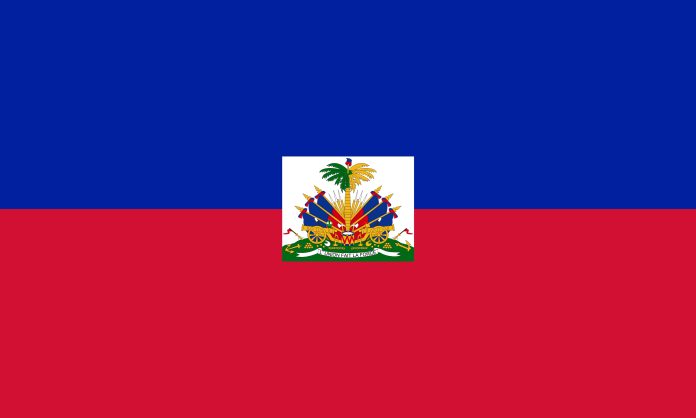In the heart of the Caribbean, Haiti is a land and a country steeped in history that traces its origins back to a time when Americans, specifically the Taino and the Arawak people, called it home. Long before the arrival of European colonialists, these vibrant cultures thrived amidst the landscapes.
The 16th century ushered in a new chapter as Spanish explorers set foot on Haitian soil, leaving a troubled legacy of cruelty inflicted upon the indigenous inhabitants. However, it was not long before the French claimed dominion of Haiti in the 17th century while establishing vast sugar plantations, ruthlessly employing enslaved Africans as workers and their labor force.
Working on the plantations was grueling, marked by severe cruelty, which eventually sparked a rebellion in the late 17th Century. Guided by leaders like Toussaint Louverture, the enslaved population in Haiti made history by rising against their oppressors, bravely fighting for their freedom, and ultimately achieving victory. On January 1, 1804, Haiti underwent a significant transformation when it changed its name from Saint-Domingue and declared independence, becoming the world’s first independent black republic.
Haiti has faced numerous Coup D’etats throughout its history, with estimates suggesting over 30 coups and coup attempts since its independence. These coups have contributed to the country’s political instability and challenges in establishing a stable and functioning government. Haiti’s history has been marked by frequent changes in leadership, power struggles, and political unrest, which have had a significant impact on its development and governance.
In the 20th century, Haiti faced a series of challenging political transitions, including the unfortunate assassinations of several Haitian presidents. These events cast a shadow over the country’s stability and governance. Notably, President Vilbrun Guillaume Sam’s assassination in 1915, marked a turning point that led to the United States of America’s intervention in Haiti from 1915 to 1934. The U.S. involvement was aimed at helping Haiti by providing support and guidance for political stability thereby creating an ample environment for economic growth.
In 1991, a military coup ousted Haiti’s democratically elected president, Jean-Bertrand Aristide, from power. In 1994, the USA, alongside a parallel United Nations peacekeeping mission returned to the Country. The mission’s primary goal was to facilitate the return of President Aristide to power in 2001 and to restore democratic governance in Haiti, ending the military regime and allowing for the return of democratically elected leadership.
Haiti has endured a series of devastating natural disasters. In 2010, a powerful 7.1 magnitude earthquake devastated the capital Port-au-Prince, claiming approximately 300,000 lives. In August 2021, A magnitude 7.2 earthquake hit Haiti, causing at least 2,200 deaths and widespread destruction.
In recent times, Haiti has been marred by rampant gang violence. Various groups have jostled for control over neighborhoods and resources, plunging the nation into chaos and causing harm to citizens, breeding insecurity, hampering socio-economic development of the overall population.
Kenya is preparing to dispatch a contingent of 1,000 police officers to lead a Multinational Security Support mission (MSS), an international force tasked with bringing order back to Haiti. Countries including Jamaica also have pledged to send personnel.


